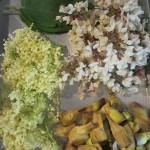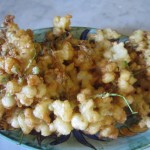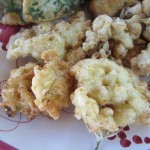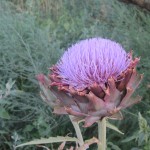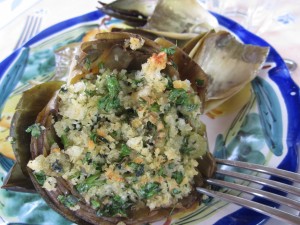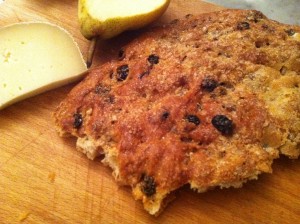Tuscan Summer Dinner Series with Chef Gina Stipo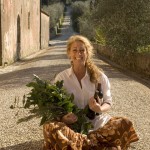
Join Chef Gina Stipo for three authentic Tuscan summer dinners showcasing fresh local produce, fresh pasta and Italian products at two long-standing Louisville institutions: the historic Pendennis Club downtown and Kathy Cary at Lilly’s Bistro on Bardstown Rd. Chef Gina has recently relocated from Tuscany to Louisville and is thrilled with this opportunity to share her love for great Italian food and wine.
The Pendennis Club
218 W Muhammad Ali Blvd
584-4311
August 16, Saturday at 6 p.m. ** Featuring wines by Banfi Vintners
Antipasti Misti – fried zucchini blossoms, zucchini and Parmigiano ribbons w balsamic,
Caprese salad
Tagliatelle con Limone e Timo – fresh made pasta ribbons tossed with lemon cream & thyme
Gallina con Vin Santo – Cornish game hens braised in Tuscan wine
Verdure del’estate Arrosto – roasted summer vegetables with fresh herbs
Insalatina del Orto – fresh garden salad
Torta della Nonna – “grandmother’s cake” – rich vanilla custard baked in a crust
topped with toasted pine nuts
 Cost: $65 members
Cost: $65 members
$75 non-members
Lilly’s Bistro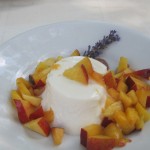
1147 Bardstown Rd
451-0447
Wednesday August 27th and Thursday August 28th at 6 p.m.
** Featuring extra virgin olive oils and balsamic vinegar from Oliva Bella
Antipasti Misti – panzanella, prosciutto with figs, pecorino toscano, pinzimonio
Ravioli alla Maremma – homemade ravioli stuffed with spinach and ricotta, tossed with a
butter sage sauce
Porchetta – roasted pork loin, shoulder and belly seasoned with Tuscan herbs
Verdure del’Estate Arrosto – roasted summer vegetables with fresh herbs
Insalatina – garden salad with lemon and herbs
Pannacotta di Lavanda con Pesche e Aceto Balsamico – lavender cream with fresh peaches
and balsamic vinegar from Oliva Bella
Cost: $80

